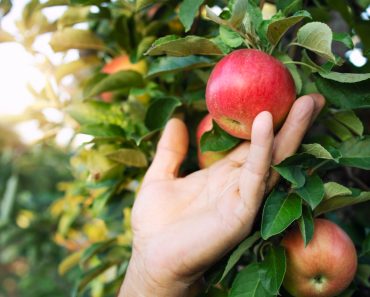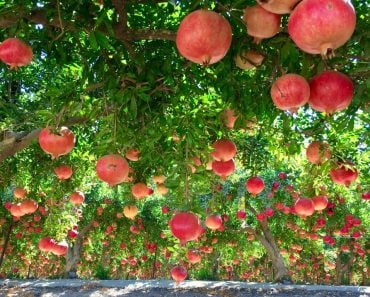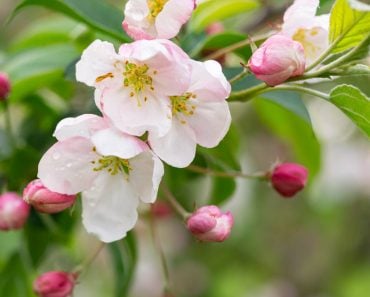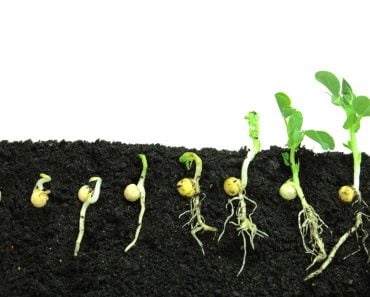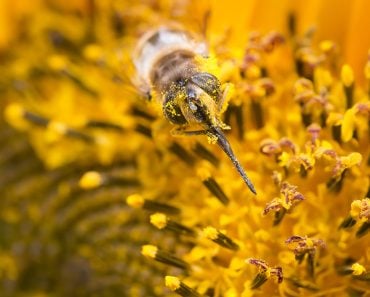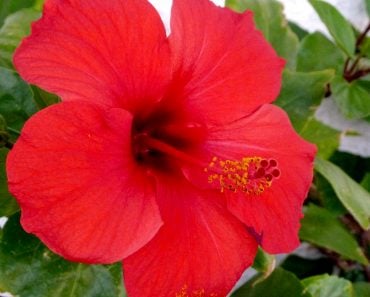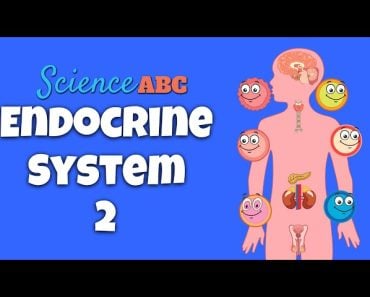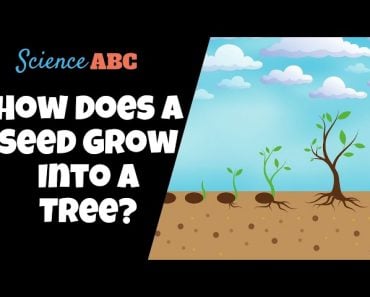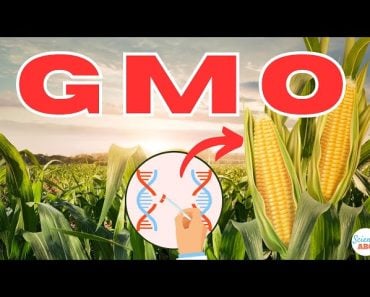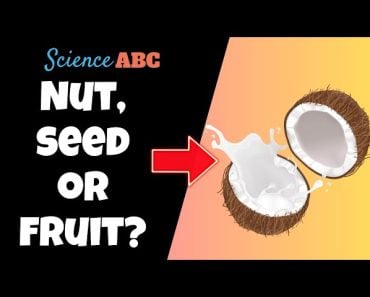Until fertilization, the plant prevents the flowers from forming fruit. The fertilization event leads to changes at the genetic level. These changes trigger the release of hormones that begin fruit formation.
What’s better than a juicy mango on a hot summer day? Nothing in the world can replace it, I would say.
Everyone has a fruit that they believe is the best, but have you ever wondered where these yummy fruits come from? If you thought of flowers, then you’re right, but let’s try a more profound question: How do plants know when to make fruits from their flowers?
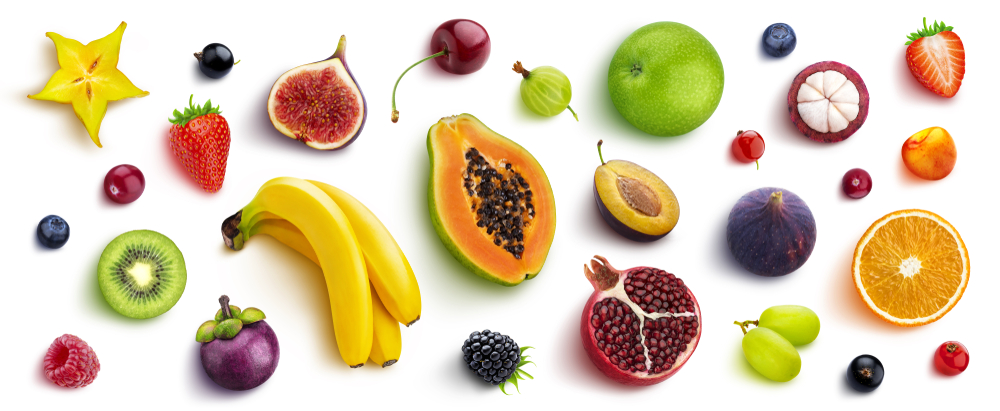
Recommended Video for you:
The Function Of Fruits In Plants
Some plants reproduce with the help of flowers. The flowers contain ovules and an ovary within the pistil. When this pistil is pollinated by a compatible type of pollen, the fertilization process begins.
After fertilization, the flower with the fertilized zygote will form seeds, often surrounded by the fleshy, pulpy tissue we call the fruit.
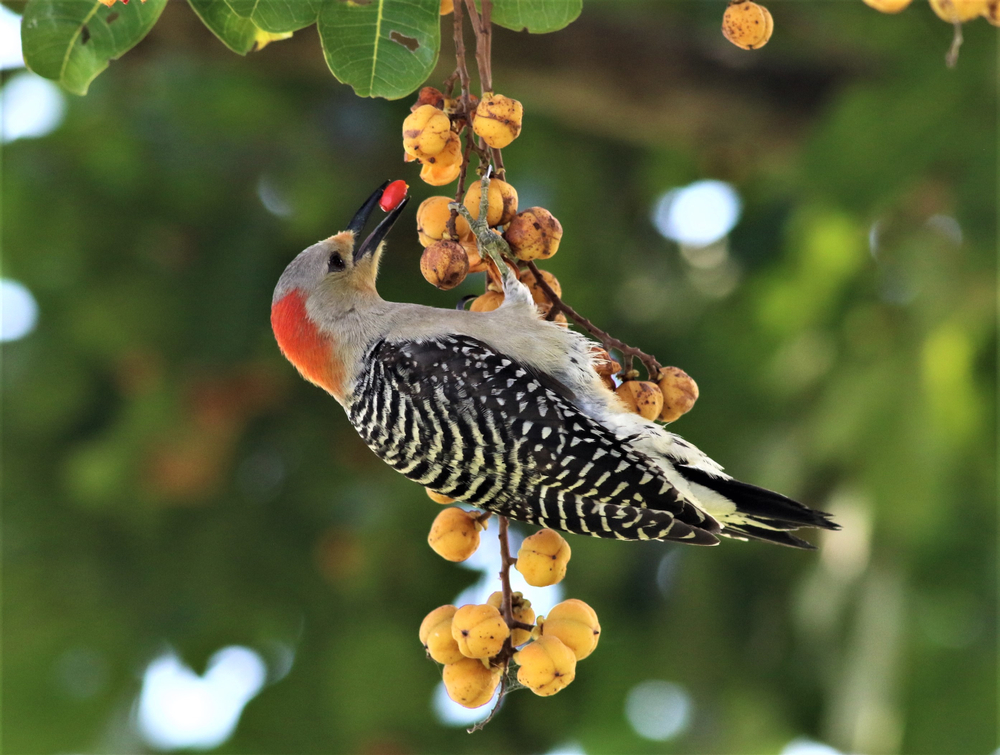
Seeds do not germinate into a new plant the moment they’re formed. They need an optimum environment to develop into seedlings. In the meantime, the seed faces certain dangers from its environment.
The fruit (the mature ovary) protects the seeds until the right conditions to germinate arise. To help those right conditions arrive, the colors and sweet flavors of fruits attract animals, such as birds, that help disperse the seeds.
Even the word fruit comes from the Latin term ”fructus,” which means “enjoy or produce.”
Fertilization
Flowering starts before the fruiting season.
Once the flower blooms, pollination can take place. Pollination can occur by natural elements of wind and water or through animals, such as birds and bees.
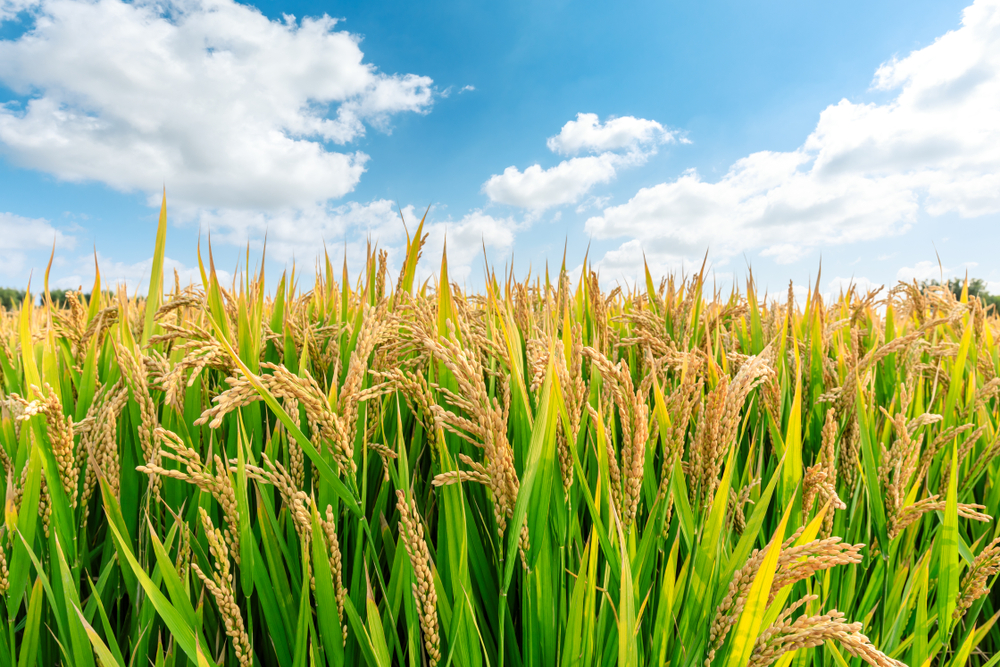
In either case, the male gamete—pollen—germinates and reaches the ovule. Then one pollen cell fuses with the polar nuclei, and another fuses with the egg.
For many plants, this fertilization event is the chief trigger to turn the flower into a fruit. The exceptions to this are parthenocarpic fruits, fruit formed without fertilization, which we’ll come to at the end of this article.
Genetic Factors That Control Fruiting
Before fertilization, certain genes inhibit fruit formation. For example, in tomatoes, the protein complex of the proteins DELLA and SlIAA9 inhibit the synthesis of gibberellins and auxins, which, as we’ll see, are essential hormones for fruit formation.
However, once fertilization occurs, genes such as AGL62 are activated. This gene elevates the level of a plant hormone called auxin. Auxin, in turn, triggers the synthesis of its fellow growth hormone, gibberellin.
These hormones degrade the repressor gene complexes; put more simply, they unlock the genes that control fruit formation. They coordinate their functions to transform flowers into fruits.
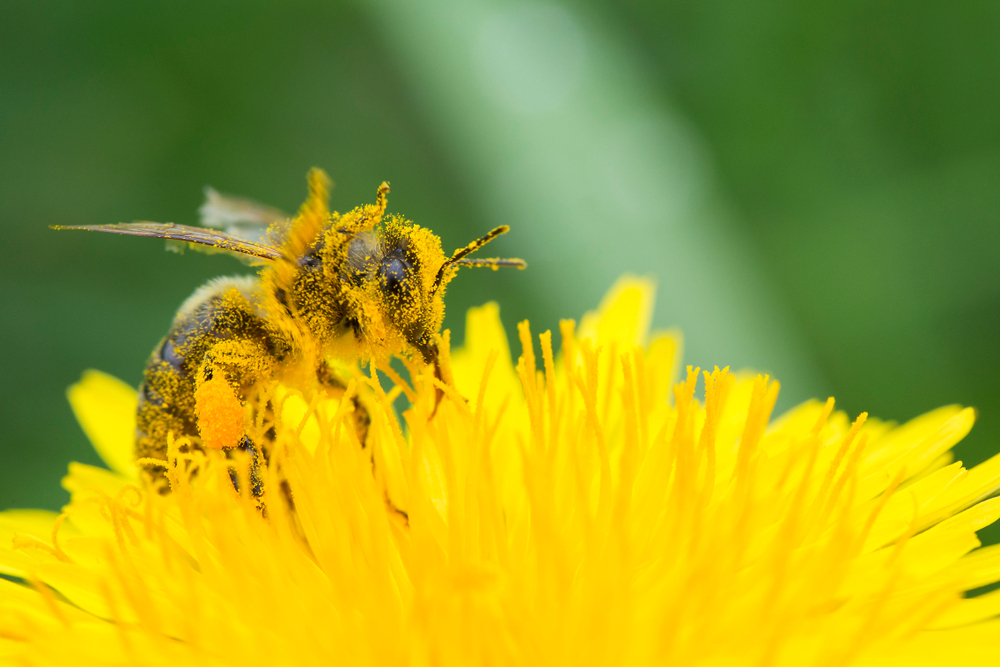
Hormones In Fruit Production
Auxin promotes cell division and induces the fruit set, which means that the ovary can begin to convert into fruit. At the same time, the pistil enlarges to accommodate growing seeds. Additionally, auxin elevates gibberellin hormone levels.
Later, gibberellins, along with auxins, start the cell expansion, thus promoting the fruit growth .
The Unfertilized Fruits
Now what about the parthenocarpic fruit I mentioned earlier? Those fruits aren’t the result of fertilization. Earlier, we mentioned that fertilization was the core trigger, so how do unfertilized fruits form?
Well, think of the end product that triggers fruit development… Hormones!
These clever plants have developed an indigenous environment of high hormones, so they don’t need any external stimulants, such as fertilization. Their genetic constitution favors high auxin and gibberellin before and after anthesis—the flower-opening stage. Thus, fertilization is not a prerequisite.
For example, some varieties of watermelon, banana, and cucumber exhibit parthenocarpy.
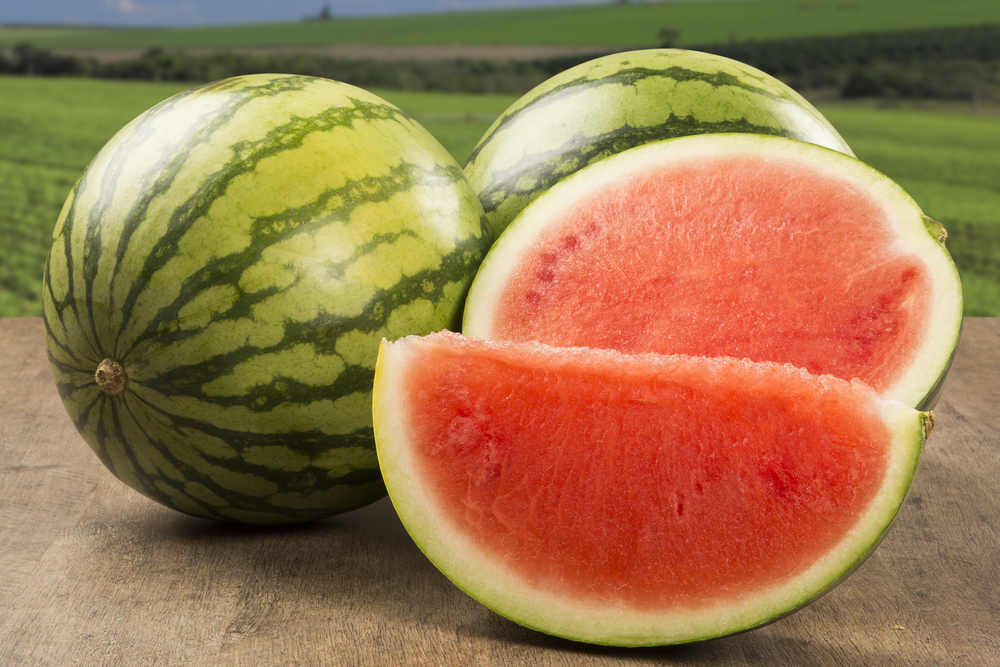
It is also possible to introduce artificial parthenocarpy. We can apply growth hormones and artificially elevate auxin and gibberellin levels. These conditions trigger the production of unfertilized fruits. For example, certain cultivated varieties of tomatoes and grapes respond to gibberellin application, resulting in grapes and tomatoes that are seedless!
Conclusion
Fruits protect the internal seeds and attract birds, insects, and mammals that help in seed dispersal. These fruits form as the result of fertilization in plants, except in the case of parthenocarpic fruits.
The fusion of gametes activates genes that result in elevated hormone levels. The pistil also elongates to accommodate the seeds. The increased levels of auxins start the fruit setting process, and the auxins trigger gibberellins. Both of these hormones maintain fruit and seed development.
In the case of parthenocarpic fruits, the plants maintain high levels of hormones, so they don’t need any promoting events, such as fertilization. Another exciting technique consists of producing unfertilized fruits from non-parthenocarpic plants. This is possible through the artificial application of auxins, gibberellins, or some combination of the two.
References (click to expand)
- Physiology of Fruit Development. ijcmas.com
- Flower Fertilization - UC Davis. The University of California, Davis
- Scientists identify mechanism responsible for fruit and seed .... The National Science Foundation
- (2009) Fertilization‐dependent auxin response in ovules triggers fruit .... John Wiley & Sons, Inc.
- Parthenocarpy - an overview | ScienceDirect Topics. ScienceDirect

